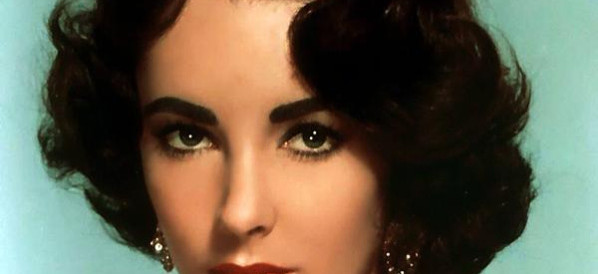 10 词条
10 词条主页 > 词条 > 哈萨克语(KK) > комплементарлық түстер
комплементарлық түстер
Complementary colours are colours which complete each other - hence the name. The effect of this completing is to enhance the colours—they look stronger when placed together. This is because they contrast with each other more than with any other colours, and we can only see colour by contrast with other colours. The more contrast the more colour. If you stay in a room entirely painted one colour, after about ten minutes it will fade to grey. The complementary colours are the three primary colours, red, blue and yellow, and their secondaries. Secondary colours are the colours obtained by mixing the primaries in all their combinations of pairs. So the three secondary colours are green, orange and violet. The complementary pairs are red-green, blue-orange and yellow-violet. Artists began to become particularly aware of the significance of complementary colours after the development of scientific colour theory in the nineteenth century. This theory played an important part in the development of Impressionism and Post-Impressionism as well as Fauvism and much modern painting thereafter. The Impressionists were the first to note that shadows are not neutral but are the complementary colour of the light that throws them. So yellow sunlight throws a violet shadow. This can be seen very well in Monet's Woman Seated on a Bench in the crease of her arm and the pool of shadow at her feet.
您想要说什么?
新闻词条
精选词条
Элизабет Тэйлор
A three-time Academy Awards winner, Elizabeth Taylor is an English-American film legend. Beginning as a child star, she is known for her acting talent ...
精选词汇表
按照类别浏览术语
- 医学(68317)
- 癌症治疗(5553)
- 疾病(4078)
- Genetic disorders(1982)
- Managed care(1521)
- 验光(1202)






